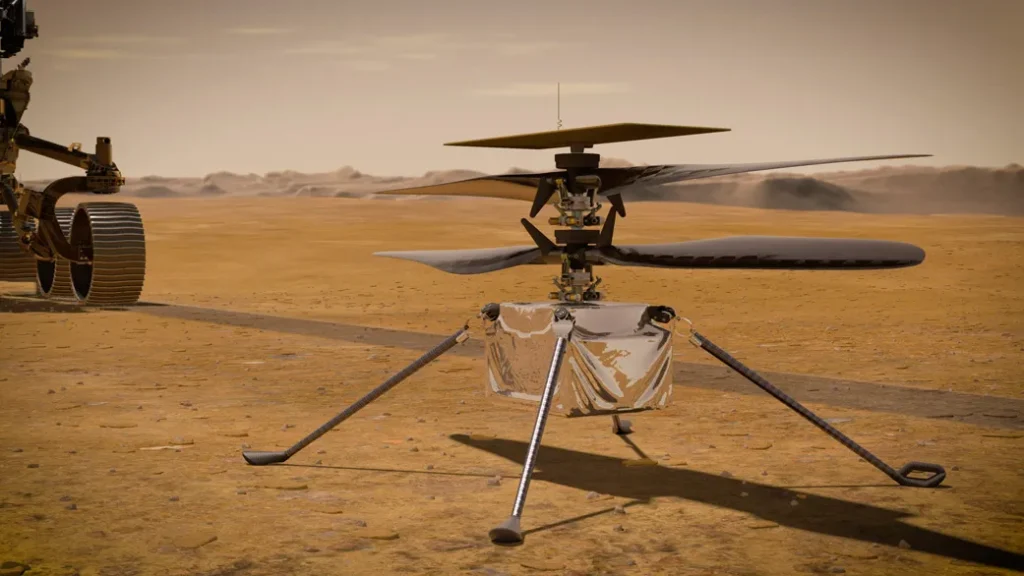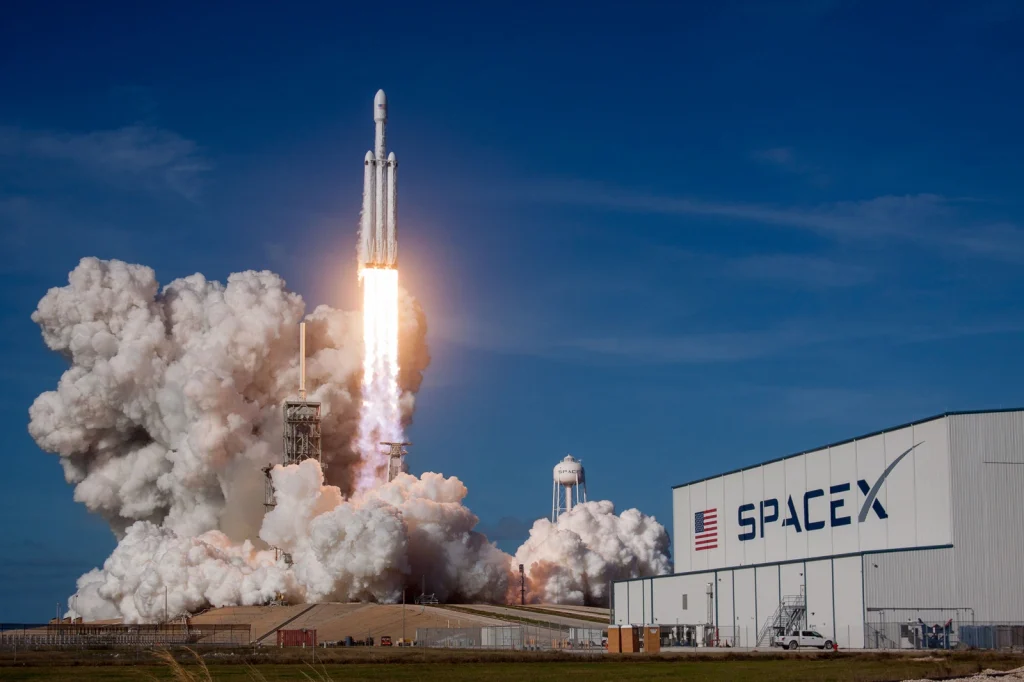The dream of sending humans to Mars has been fueling our imagination for decades. A planet that once seemed like an unreachable fantasy is now at the forefront of space exploration, with multiple nations, organizations, and visionaries competing to get there first. But how far along are we in making this audacious mission a reality? Are we any closer to sending humans to the Red Planet? Let’s take a thrilling journey through the latest developments in Mars exploration and examine when we might finally see a human-carrying space shuttle heading to Mars.
Robotic Pioneers: Mars’ Silent Visitors
Before humans can set foot on Mars, we need to learn as much as we can from its robotic explorers. And they are doing a stellar job. NASA’s Perseverance rover, which touched down on Mars in February 2021, is like a Mars detective on a quest to uncover secrets of the past. Perseverance is scouring the surface for signs of ancient life and collecting samples that will eventually make their way back to Earth—an epic mission that could take until the 2030s to complete.
Alongside Perseverance, NASA’s Ingenuity helicopter has become an unexpected hero, defying expectations and flying through Mars’ thin atmosphere. What was originally intended as a “technology demonstration” has turned into a successful campaign to prove that powered flight is possible on Mars—an achievement that will no doubt be crucial for future missions.

NASA’s Curiosity rover, which landed in 2012, continues to send back incredible data about Mars’ atmosphere, climate, and potential for life. Meanwhile, China’s Zhurong rover and the UAE’s Hope orbiter have also joined the Mars exploration team, adding more perspectives and insights into the planet’s mysteries. These robotic explorers are providing us with invaluable information about Mars’ surface and atmosphere, preparing the way for eventual human explorers.
The Human Mission: Who’s Leading the Charge?
When it comes to sending humans to Mars, there are some truly groundbreaking plans in motion. The two most significant players right now are NASA and SpaceX, but they each have their own timeline, vision, and approach.
NASA: The Slow and Steady Approach
NASA has set its sights on the Moon first, as part of its Artemis program, with the goal of returning astronauts there by 2025. Why the Moon first? Because it serves as a training ground for Mars. If astronauts can survive on the Moon for extended periods, it will provide valuable experience on how to live in space, extract resources, and cope with long-duration missions—key lessons for a Mars trip. After mastering the Moon, NASA plans to target Mars in the 2030s. That’s right—Mars is on the horizon, but we’re looking at a solid 10 to 15 years of preparation before we see a crewed mission.
NASA’s timeline depends on developing reliable space transport, habitats, life support systems, and other technology. The space agency is also working on the Gateway, a lunar space station that will serve as a staging point for Mars missions, enabling astronauts to transition into deep space more easily. This slow-and-steady approach might not be as flashy as SpaceX’s ambitions, but NASA’s methodical planning is laying a solid foundation for long-term space exploration.
SpaceX: Bold Ambitions and a Race to Mars
Now, let’s talk about SpaceX, the bold private company led by the visionary (and sometimes controversial) Elon Musk. While NASA is working at a more deliberate pace, SpaceX is aiming for the stars with their dream of making humans a “multi-planetary species.” Musk’s plan to send humans to Mars is nothing short of audacious, but SpaceX is no stranger to pushing the envelope. They’ve already revolutionized space travel with their reusable Falcon rockets and Dragon capsules, and now they are developing the Starship, a massive spacecraft designed to carry humans (and cargo) on interplanetary missions.

SpaceX’s timeline for Mars is undeniably ambitious. Musk has said he hopes to launch an uncrewed mission to Mars as early as the mid-2020s, with human missions potentially happening within the next 10 years. That’s right—SpaceX could send people to Mars before the end of this decade. Of course, this timeline is incredibly optimistic, but considering SpaceX’s track record, many in the space industry are taking Musk’s ambitions seriously.
The Starship, which is currently undergoing rigorous testing, is designed to be fully reusable and capable of carrying up to 100 people to Mars. SpaceX aims to build a self-sustaining colony on Mars, where humans will not only visit but live and thrive. It’s an audacious vision, and while we’re not there yet, the advancements happening in SpaceX’s backyard are undeniably exciting.
What Are the Challenges of Getting to Mars?
As much as we love the idea of sending humans to Mars, it’s not all sunshine and dust storms. There are some serious hurdles to overcome before we can send astronauts on the journey of a lifetime.
- Radiation: Mars doesn’t have the protective magnetosphere that Earth does, which means astronauts would be exposed to harmful cosmic radiation. Shielding astronauts from this radiation will be critical to ensure their safety during the months-long journey.
- Life Support: Astronauts need air, water, food, and waste management for a journey that could last up to 18 months. Creating a sustainable life support system that works on Mars’ surface, where resources are scarce, is a monumental challenge.
- Psychological Effects: The isolation of living on Mars—far from Earth and loved ones—will take a psychological toll on astronauts. Long-term mental health support will be necessary to help them cope with the stresses of the mission.
- Surface Operations: Living on Mars won’t be easy. Astronauts will need habitats that can withstand extreme temperatures and dust storms. They’ll also need to be able to extract water from the Martian soil and generate energy, most likely through solar power or nuclear reactors.
So… When Will We Get There?
The reality of humans landing on Mars is edging closer, but we’re not there yet. NASA’s timeline for a crewed mission to Mars in the 2030s aligns with SpaceX’s bold ambition to make it happen in the same decade—perhaps even as early as 2030.
But let’s be clear: it’s not just about getting there. It’s about staying there, surviving, and thriving. Both SpaceX and NASA are making significant strides in the technologies and systems that will allow humans to travel to and live on Mars. The road ahead may be long, but each breakthrough takes us one step closer to the day when humans will take that giant leap for mankind on the Martian surface. Whether it’s 2030 or 2040, Mars is no longer a distant dream—it’s becoming an achievable goal, and we’re witnessing history in the making.
Get ready, because the Red Planet is calling, and we’re answering.














